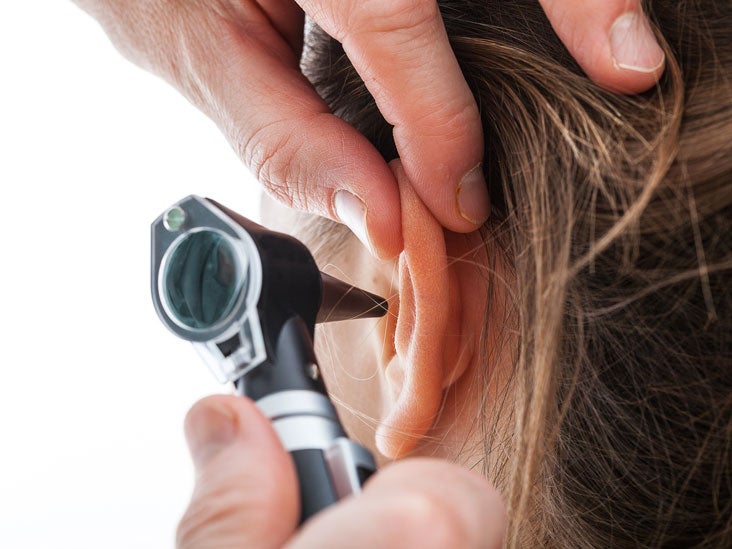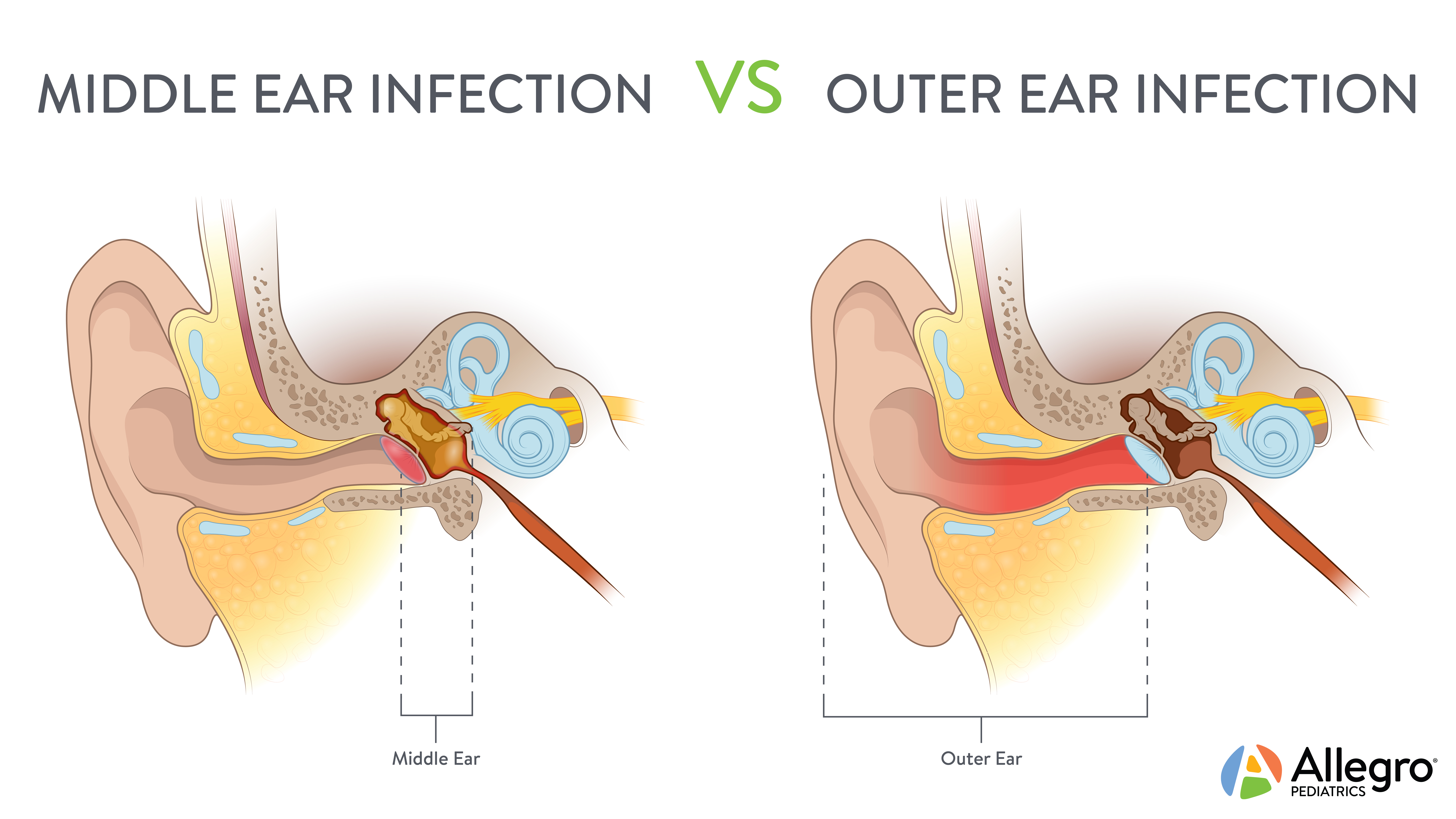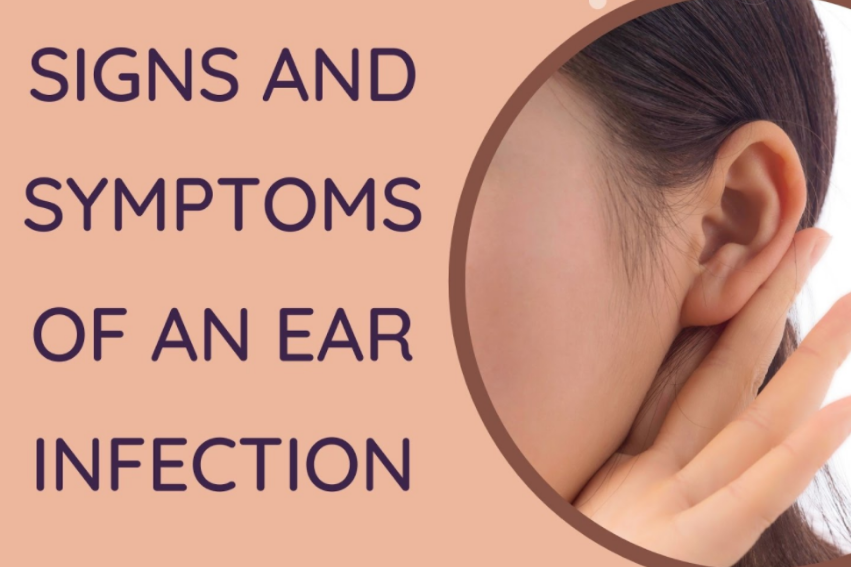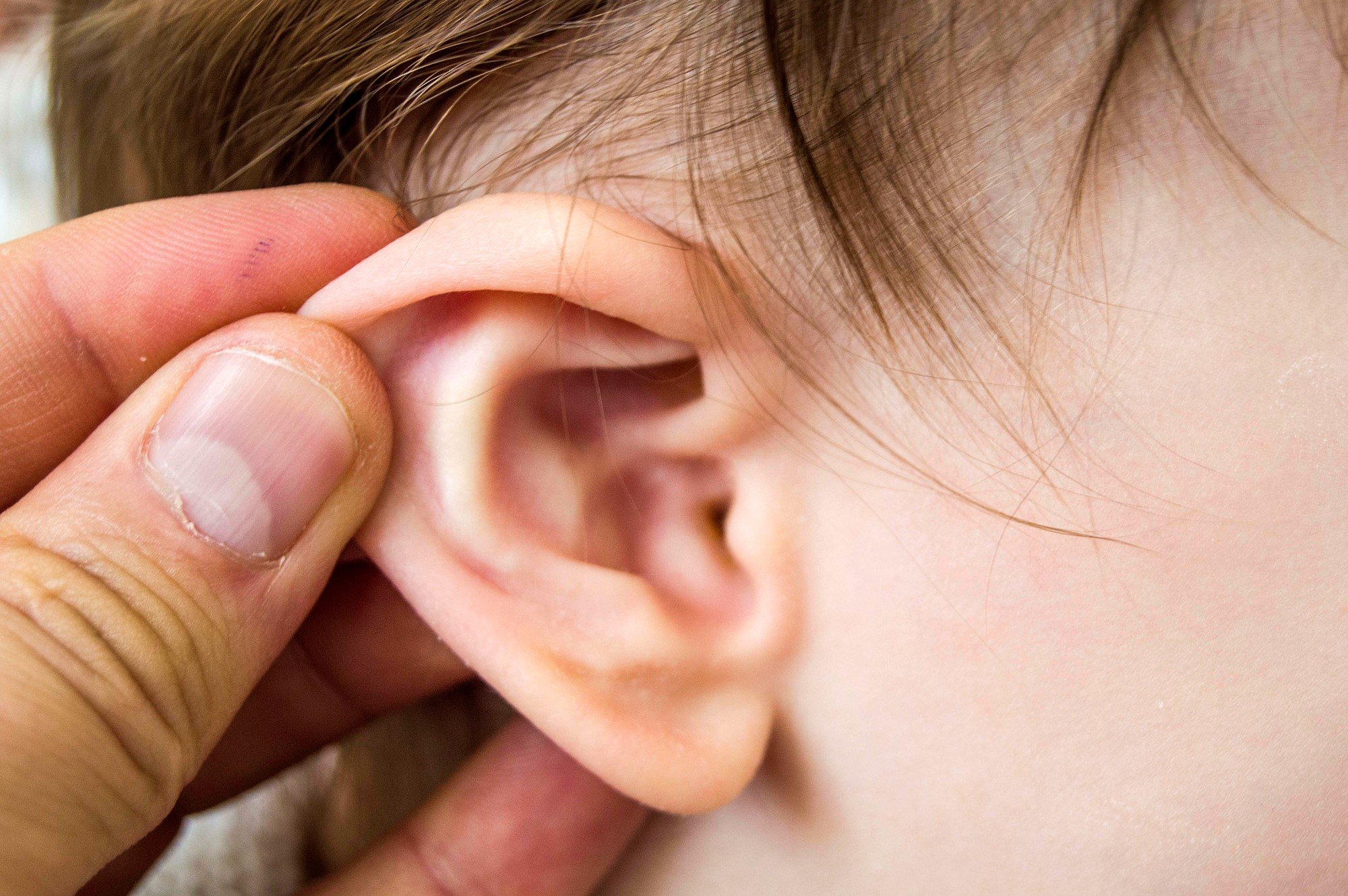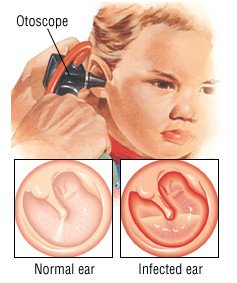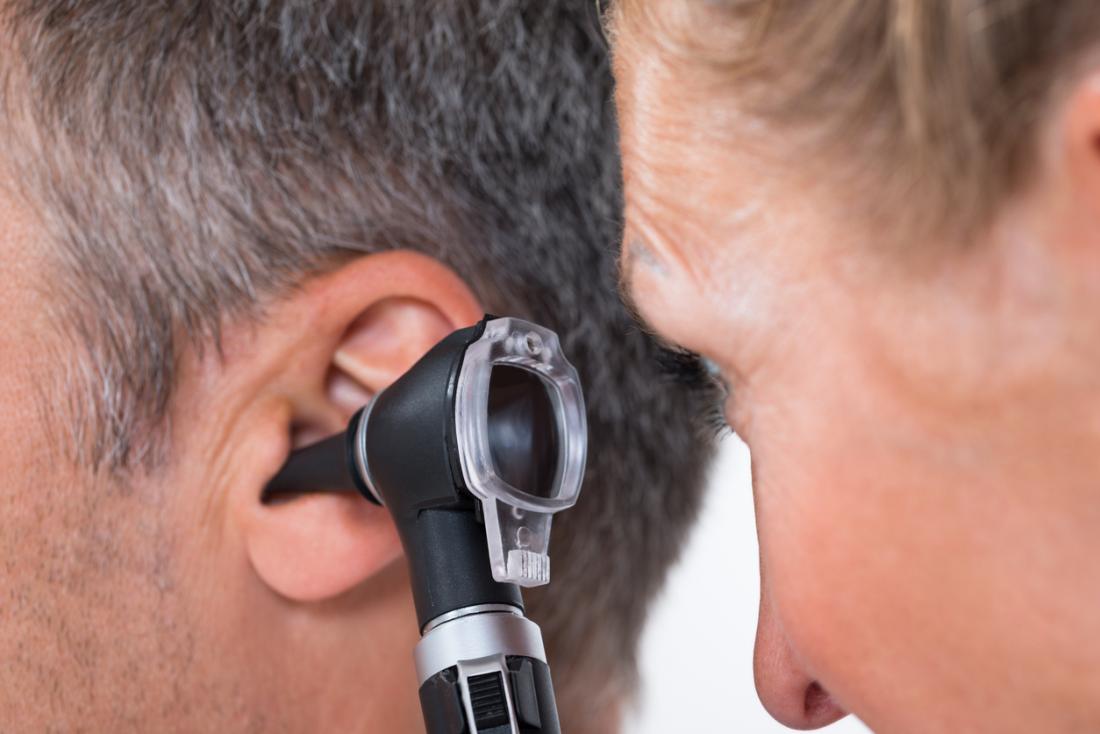Fun Tips About How To Check For Ear Infection

How to check for an ear infection?
How to check for ear infection. The doctor will likely use a lighted instrument (an otoscope) to look at the ears, throat and nasal passage. Parents will be able to test their kids for an ear infection at home with the first smartphone app that detects fluid behind the eardrum caption: Because young children often cannot.
Other inner ear infection symptoms and signs. If you suspect an ear infection, heading to the vet is important. He or she will also likely listen to your child breathe with a stethoscope.
Young children may display different symptoms of ear infection than older children and adults. Home remedies for ear pain. This instrument allows the doctor.
The pain often is sharp, sudden, and continuous. Along with symptoms seen in adults, such as ear. Check if it's an ear infection.
Fluid or pus coming from your ear. Ear infections are easy to diagnose, including pain radiating from the ear. Look for signs of ear infection in children.
Symptoms of an ear infection in children. Can my toddler have an ear infection without a fever. Treatment options for ear infections and pain.
The pain can often include a sharp stabbing pain with. Symptoms of dog ear infections. Inner ear infections can also be linked to other symptoms, depending on the source of the infection.
A red, bulging eardrum indicates an infection. Chronic ear infection symptoms may be less noticeable than those of acute ear infections. A doctor can diagnose a middle ear infection by asking about symptoms and examining your child.
The doctor will look inside your child’s ear to examine the eardrum and look for pus in the. A vet will perform an ear swab first. The symptoms of an ear infection usually start quickly and include:
If an ear infection seems likely, the simplest way for a doctor to tell is to use a lighted instrument, called an otoscope, to look at the eardrum. Some dogs show no symptoms of ear infection aside from a buildup of wax and discharge in the ear canal. The ear swab tests for yeast, bacteria, ear mites and white or red blood cells.

:max_bytes(150000):strip_icc()/overview-of-ear-infections-770631-5c5dbc4c46e0fb00015874c4.png)
:max_bytes(150000):strip_icc()/GettyImages-1204379047-49b10070afab407c93c799e89bbb1e36.jpg)
